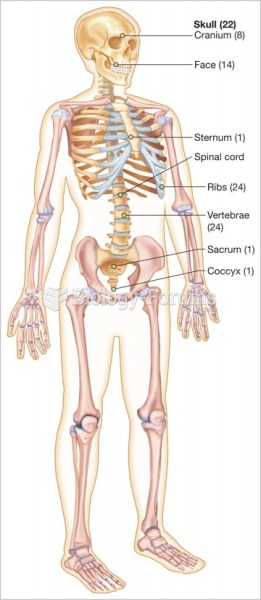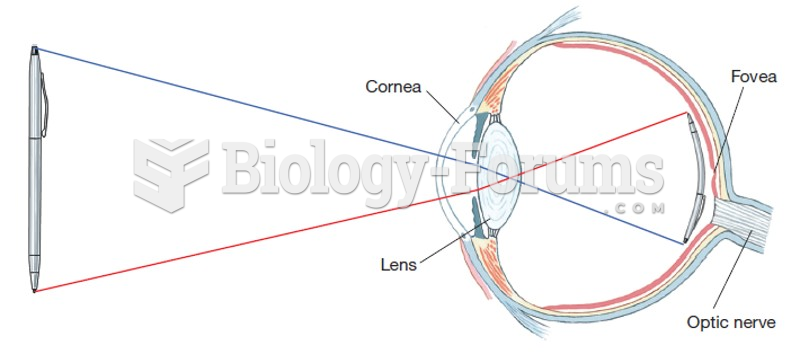|
|
|
If all the neurons in the human body were lined up, they would stretch more than 600 miles.
Before a vaccine is licensed in the USA, the Food and Drug Administration (FDA) reviews it for safety and effectiveness. The CDC then reviews all studies again, as well as the American Academy of Pediatrics and the American Academy of Family Physicians. Every lot of vaccine is tested before administration to the public, and the FDA regularly inspects vaccine manufacturers' facilities.
Anti-aging claims should not ever be believed. There is no supplement, medication, or any other substance that has been proven to slow or stop the aging process.
On average, someone in the United States has a stroke about every 40 seconds. This is about 795,000 people per year.
If you could remove all of your skin, it would weigh up to 5 pounds.







